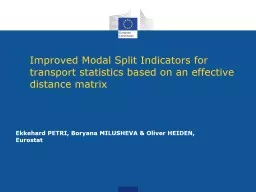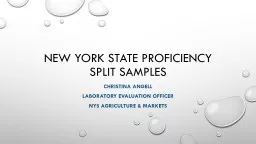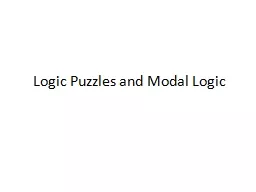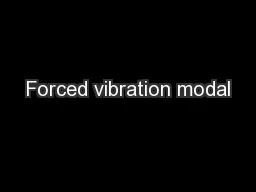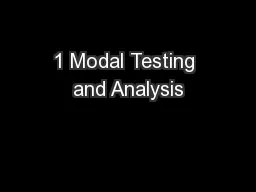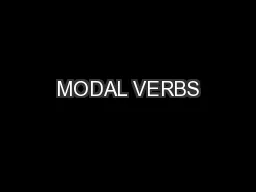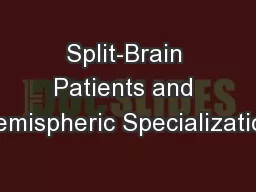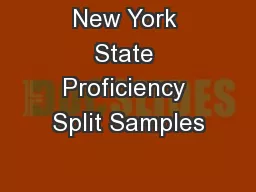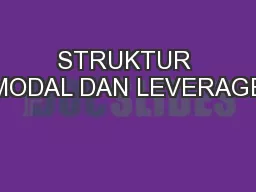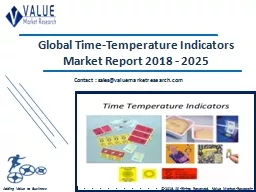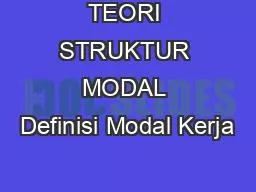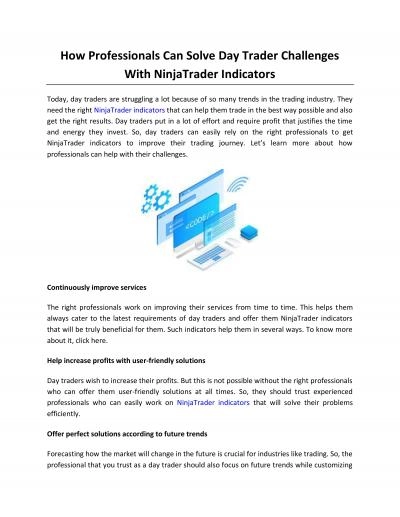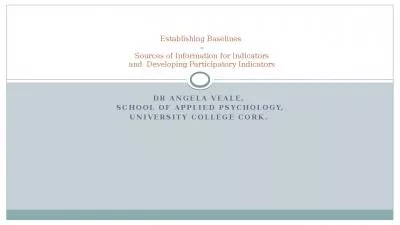PPT-Improved Modal Split Indicators for
Author : calandra-battersby | Published Date : 2016-05-03
transport statistics based on an effective distance matrix Ekkehard PETRI Boryana MILUSHEVA amp Oliver HEIDEN Eurostat Q2014 STS39 Vienna 2 Policy relevance
Presentation Embed Code
Download Presentation
Download Presentation The PPT/PDF document "Improved Modal Split Indicators for" is the property of its rightful owner. Permission is granted to download and print the materials on this website for personal, non-commercial use only, and to display it on your personal computer provided you do not modify the materials and that you retain all copyright notices contained in the materials. By downloading content from our website, you accept the terms of this agreement.
Improved Modal Split Indicators for: Transcript
Download Rules Of Document
"Improved Modal Split Indicators for"The content belongs to its owner. You may download and print it for personal use, without modification, and keep all copyright notices. By downloading, you agree to these terms.
Related Documents

